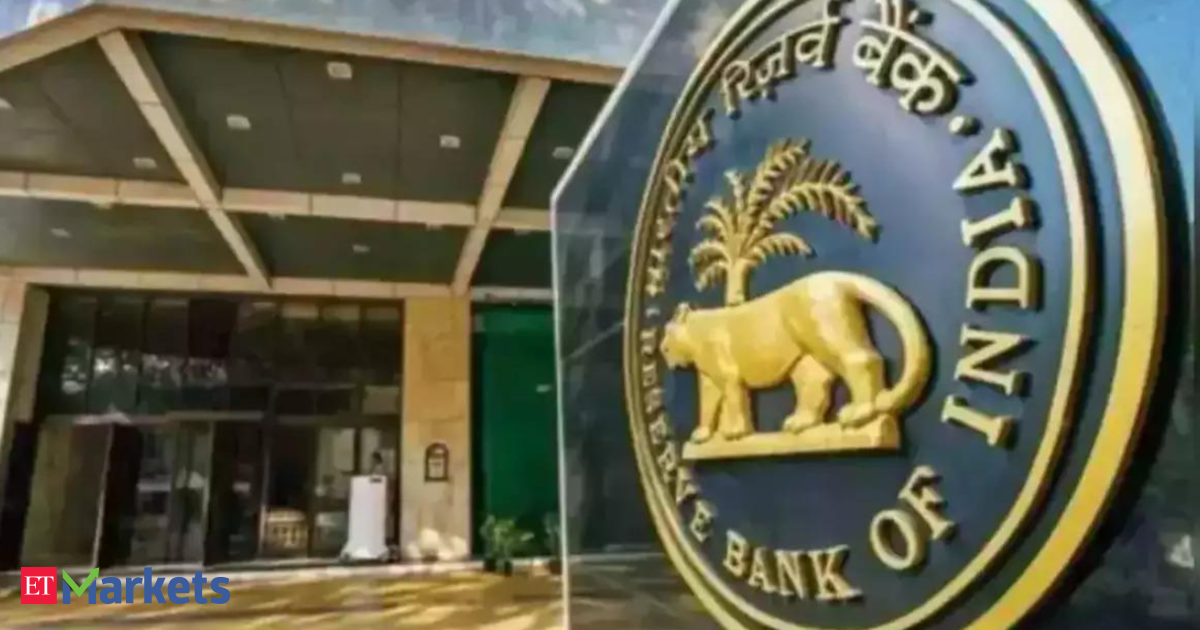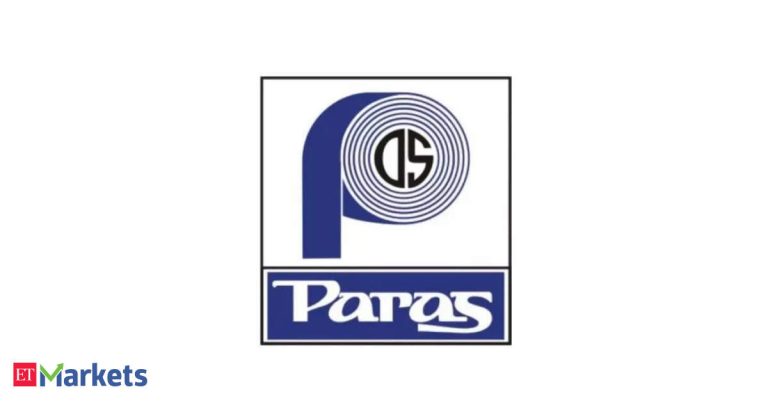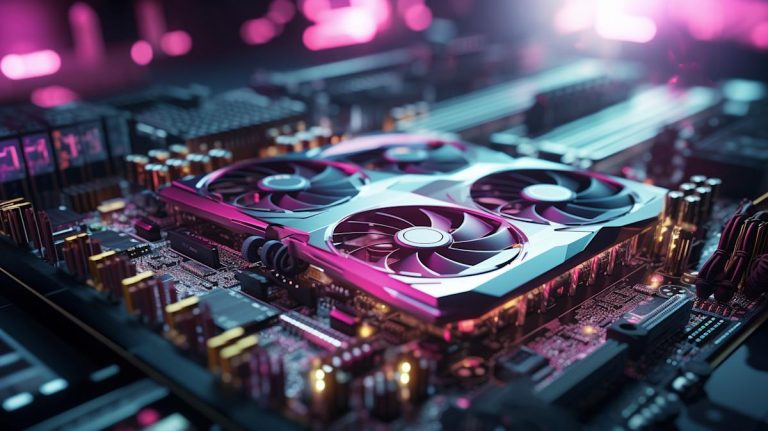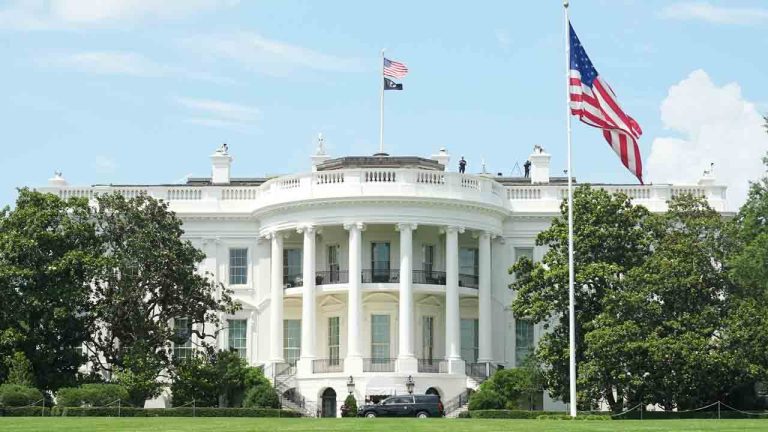The TREPS rate stood at 5.12% on Thursday, while the call rate stood at 5.26%. VRRRs increase the cost of liquidity, making these rates inch up. The standing deposit facility (SDF) rate is at 5.25%
The Reserve Bank has injected durable liquidity amounting to about ₹9.5 lakh crore through liquidity measures since January 2025, which led to system liquidity transitioning from deficit to surplus at end-March 2025.
Additionally, spending from the government picked up, with the governments’ cash surplus decreasing to ₹2.9 lakh crore as of June 27, from ₹3.6 lakh crore on May 30, according to IDFC First Bank. The governments’ capital expenditure was ₹1.6 lakh crore in April, according to the latest RBI bulletin.
“Such aggressive government spending in April suggests a deliberate strategy to front-load expenses and stimulate private investment, which is still lagging despite ample monetary easing,” said Mataprasad Pandey, vice president at Arete Capital Services. “The monthly capex run-rate needed to meet the annual target is around ₹93,400 crores, making the April expense very encouraging,” Pandey said.
Additionally, the impact of the CRR cut, which is expected to release ₹2.5 lakh crore of primary liquidity starting September till December 2025, is yet to hit system liquidity. The RBI dividend of ₹2.69 crore, too, is yet to be spent, which would increase system liquidity, economists said.”Once the full impact of the dividend is visible, we will have the CRR cut from September to November and liquidity can go up to ₹5 lakh crore by November 2025. So, RBI would likely do more of VRRRs and focus on transmission, with the intent to get the treps rate above the SDF rate, rather than getting the call rate to repo rate,” said Gaura Sen Gupta, chief economist at IDFC First Bank.








